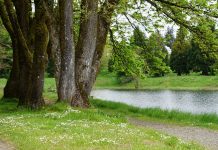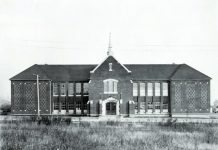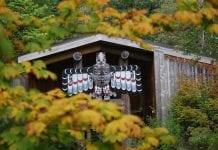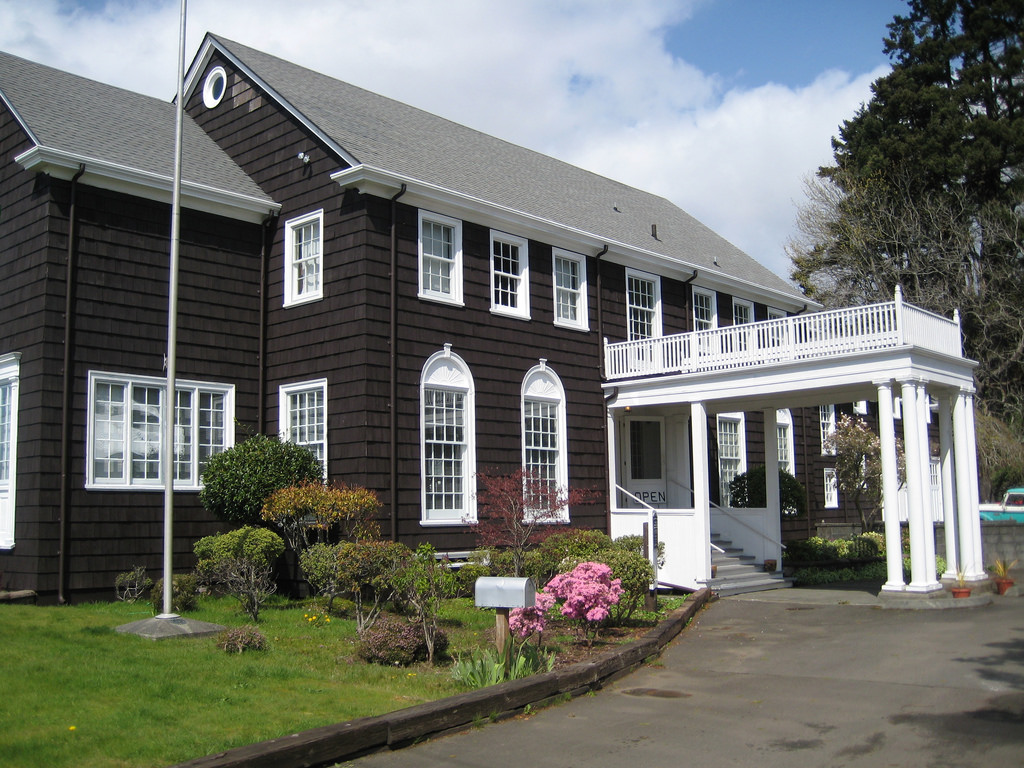As you drive to Grays Harbor, you’ll pass a sign as you enter Aberdeen saying that the region is the “Lumber Capital of the World.” The connection between the timber industry and Grays Harbor County is well known but few understand just how deep the relationship was. Fewer still know how rich the logging history of Grays Harbor was and why Aberdeen is so deserving of the aforementioned title.
The amber crop of Grays Harbor had been sought after for centuries, with explorers and conquering forces hoping to take control of the towering resources that scrape the sky. It is said that when the British first explored this area, they claimed that whoever controls the forests of the region would rule the world. While not quite true, they were close. In just over a century after the initial “discovery” of Grays Harbor by Captain Robert Gray, Aberdeen had become the largest lumber town in the world.

Fueled by direct access to the Pacific Ocean and seemingly endless lumber, Aberdeen was rumored to be the busiest port on America’s west coast. Grays Harbor was the lumber capital of the world, but today the remnants of the logging industry are barely noticeable. To preserve the past glory of the region, a handful of museums have curated their displays, showing off the incredible history of logging in the region. From the coast to the friendly-rivaled cities of Aberdeen and Hoquiam, the logging museums of Grays Harbor will have you almost overwhelmed with impressive pictures, actual logging machinery and even buildings from the logging heyday. Spread throughout the county, three museums showcase Grays Harbor’s logging history, each a must-see for locals and visitors alike.
Museum of the North Beach

Starting out along the coast, a small but full museum is waiting to be explored. Known as the Museum of the North Beach in Moclips, the museum is hard to miss, thanks to a colorful and noticeable collection of floats resting on the outside of the structure. The museum won’t take you more than an hour to wander, but in that time the pictures and exhibits will let you see a side of life in the region not found anywhere else. Highlighting 100 years of Moclips history, you’ll learn about huge storms, shipwrecks, the Quinault tribe and of course, logging. Looking at the pictures and reading the informational displays, you’ll have a better insight and appreciation of the struggles of day to day life for the people of this region.
Museum of North Beach
4658 WA-109, Moclips
Hours vary by season. Call to arrange a special appointment: 360-276-4441
Aberdeen Museum of History
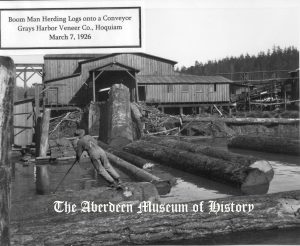
Back in the middle of the county, the Aberdeen Museum of History is another small, quirky place to learn about the timber industry and regional history. Through the old pictures, large exhibits and extremely knowledgeable staff, all of your regional questions can be answered here. Aside from the Kurt Cobain areas, the museum is best known for their great picture collection. You’ll be wanting to return here time and time again. Their photo collection is partially online in their digital darkroom, where impressive old images of the logging industry can be explored from the comforts of your own home. The Aberdeen Museum of History is a great rainy day visit and a good place to start to reconnect with the heritage of Grays Harbor.
Aberdeen Museum of History
111 E 3rd St, Aberdeen
Tuesday-Saturday: 10:00 a.m. – 5:00 p.m.
Sunday: 12:00 p.m. – 4:00 p.m.
Polson Museum

Finally, the most visible and visited museum in Grays Harbor is the Polson Museum. The name Polson, for those not from the region, is synonymous with successful logging in Grays Harbor. Today, half of the museum resides in the family’s old mansion, while the other part sits across the property, in the Railroad Camp building. In the Mansion, over 15,000 items including photographs, antiques, equipment and texts, give a perfect view into the life of old Hoquiam. The photographs are especially incredible, covering almost every aspect of life in the region, with an emphasis on logging. The logging history found across the property in the Railroad Camp Building is incredible. The building, which was designed to showcase the aesthetic, original materials and functional qualities of a century-old locomotive shed holds stunningly restored and historic heavy-machinery, part of Polson’s extensive collection. This museum might take you a few hours to explore in its entirety, but you’ll be dazzled by the awesome displays.
Polson Museum
611 Riverside Ave, Hoquiam
Wednesday-Saturday: 11:00 a.m. – 4:00 p.m.
Sunday: 12:00 p.m. – 4:00 p.m.
In the logging museums of Grays Harbor, you’ll get a great glimpse of what life used to be like out here, but don’t stop your inquisitiveness once you walk out the door. Once you have a good grasp on the history and culture, signs of logging history are around almost every corner. Throughout the county, old logging buildings and mills rest, while forest roads don the names of the logging companies that made this the lumber capital of the world. The history of logging intertwined with conservation and wilderness, are uniquely combined to make Grays Harbor a fascinating place to visit. Stay at a seaside hotel and soak up a weekend of history that you and your family won’t soon forget.
Sponsored







